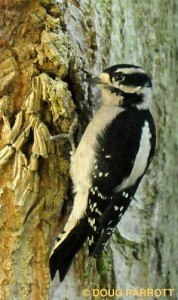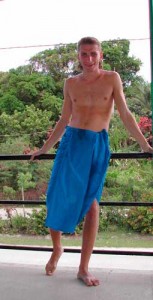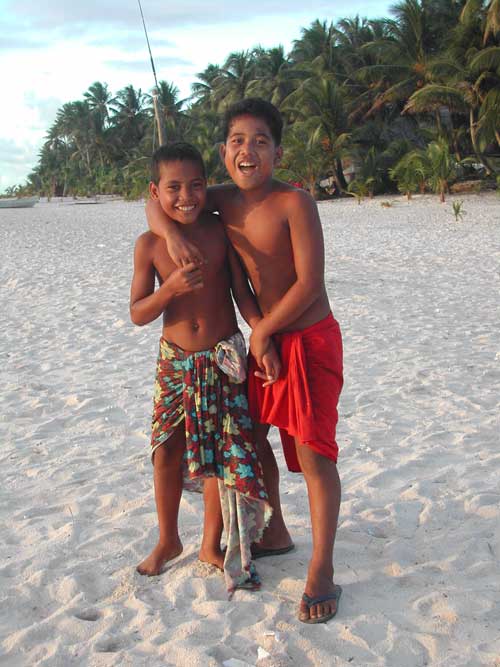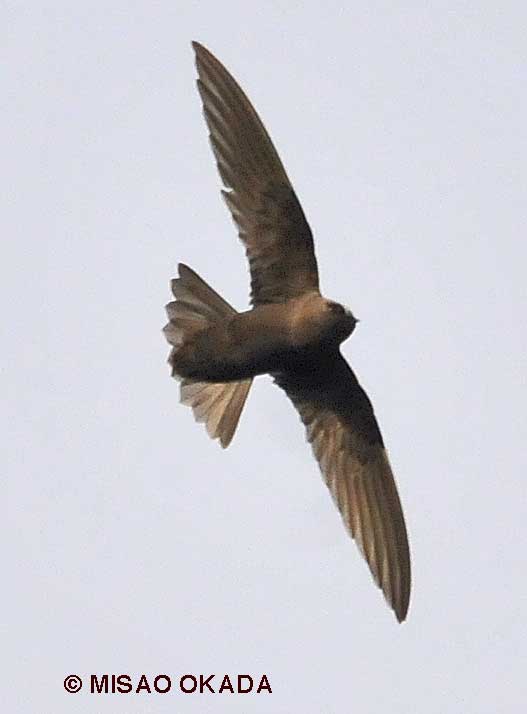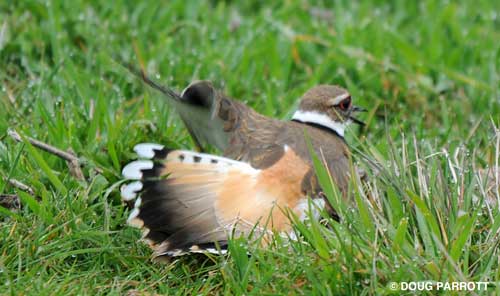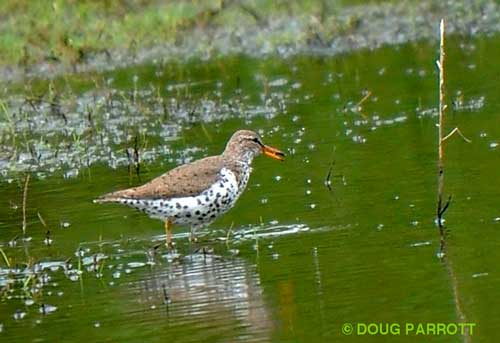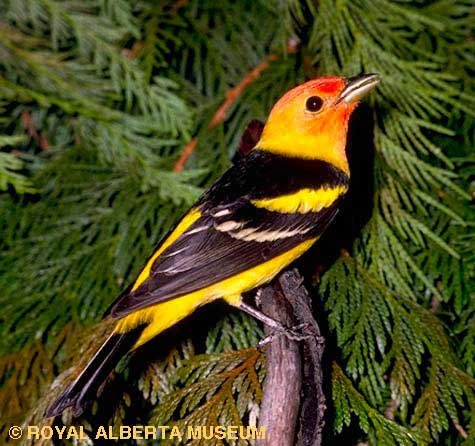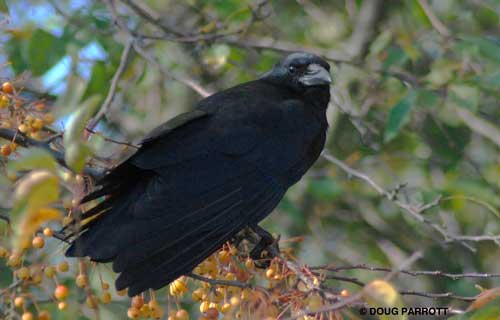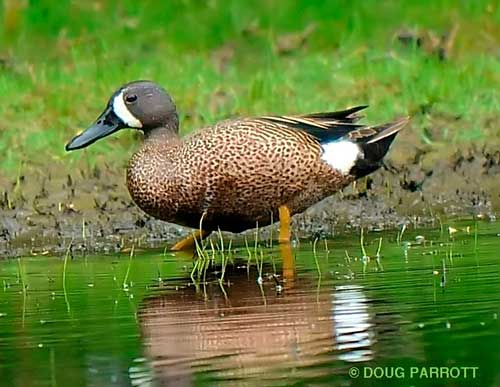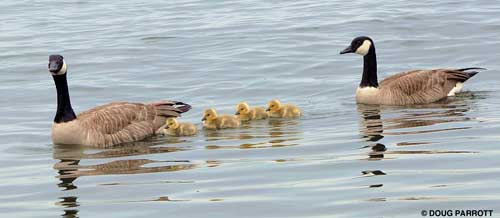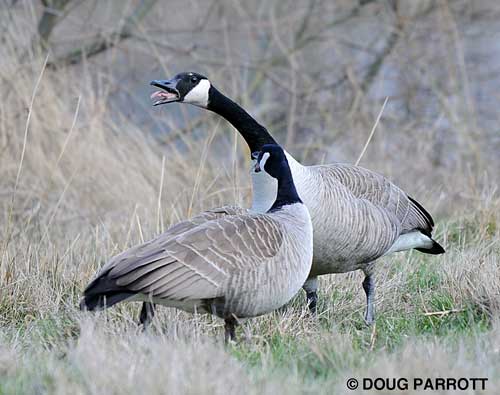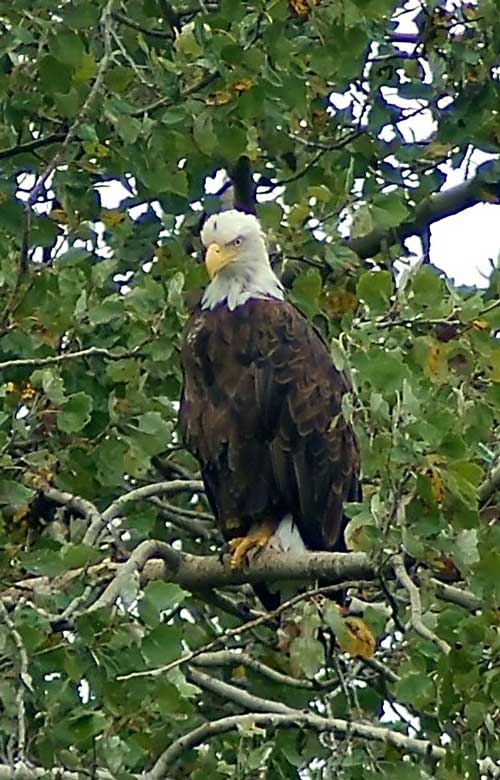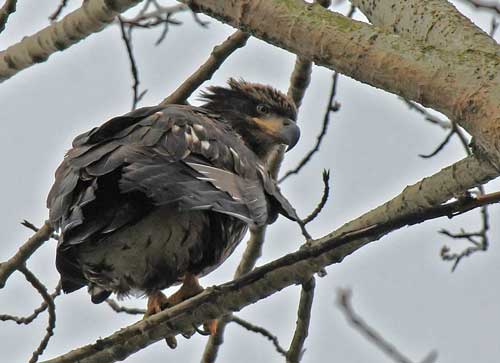An artist I met once at the Wooden Boat Festival told me it never rains when you can see the Dutchman’s breeches. She had set up her easel out in the open on an overcast day that looked as if the heavens could open at any moment, although there were patches of blue here and there (hence, the breeches). Now, usually I am gullibility itself. I tend to believe what anyone tells me until I find out different for myself. But even I thought she was loony. Why should one cloud pay attention to the lack of cloud in another part of the sky and hold off dropping its buckets of rain? Nevertheless, when I spotted a tiny patch of blue yesterday afternoon, I was off like a shot to the Fill. I’ve been working on my unbridled optimism lately, and maybe that artist was right after all.
Unfortunately, no sooner did my husband drop me off and head over to the Mac store with the car than the heavens opened and the rain came down. Not to worry, though, because I think I must know every tree on the site that is worth huddling under in a storm. In this case, my tree was behind the baseball diamond, where a little service road goes up to a sawdust pile and ends at the back of a polluted slough. You wouldn’t think this would be a good area to be forced to sit in while hoping the rain would end. But it was utterly charming.
First, three American Goldfinches showed up to take a bath in a nearby puddle. Why bathe when it’s raining? Beats me. The male went first, wading in until his stomach was underwater, then splashing decorously with his wings. One of the females was more exuberant, motoring around in the puddle like a rubber ducky with an outboard. The third female had just entered the puddle when I had to cough. Blam! My cough blasted her straight out of the water and onto the shore as she checked to see what had just exploded.
Meanwhile, a Black-headed Grosbeak alit in a nearby tree and posed for a few seconds. A Downy Woodpecker began to ratchet along a branch, and a family of Bewick’s Wrens began agitating for their parents to get busy and feed them now now now.
Near my tree, a female Common Yellowthroat showed up. I thought she was there to huddle from the rain as I was, but no, she was a lot more interested in catching the myriads of insects that all this rain has fostered. We must be grateful to the mosquitoes, for they nourish the birds. As I nourish the mosquitoes. Hakuna Matata!

